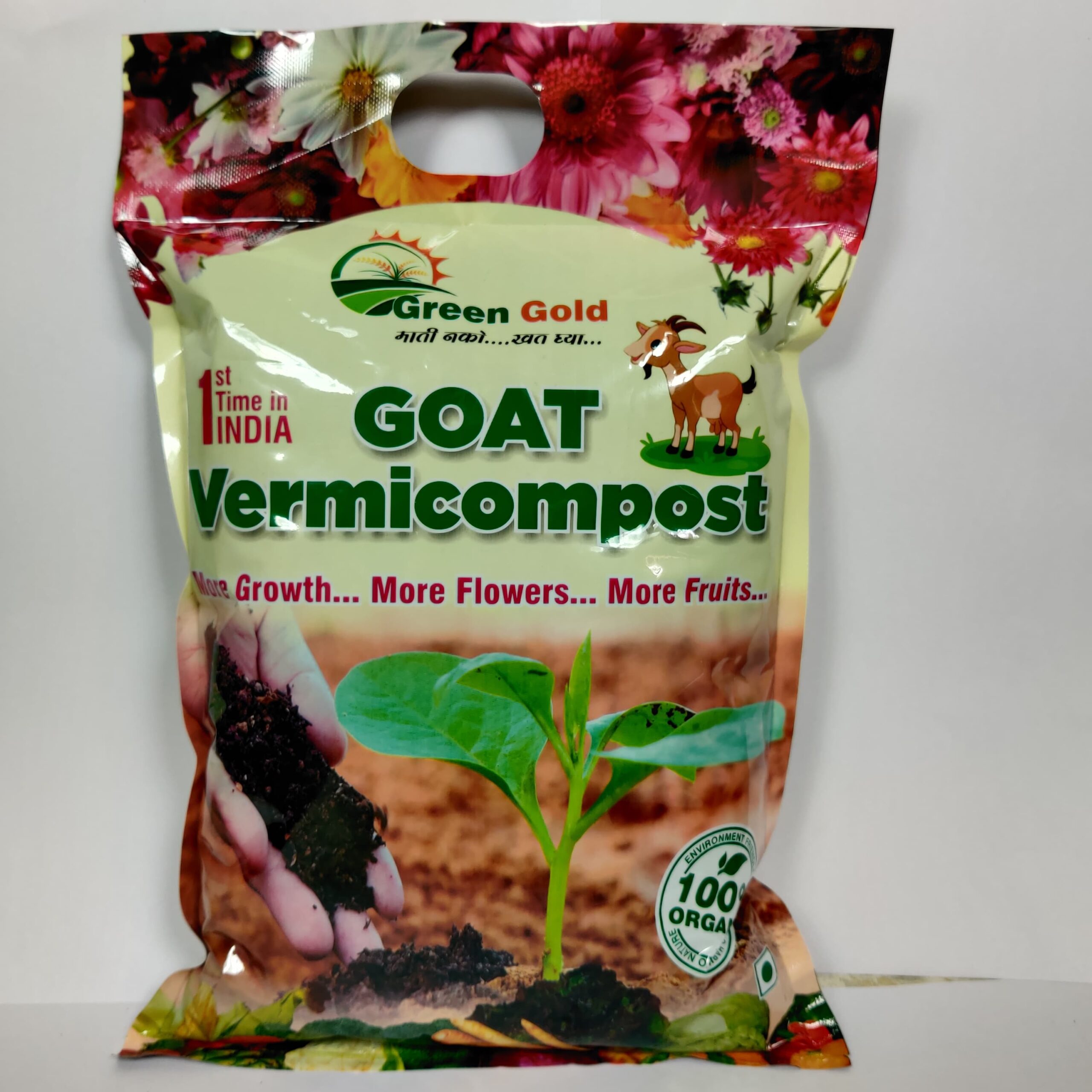Poultry information
There are currently three methods of poultry rearing:
- Uncontrolled or open methods
- Semi-controlled methods
- Controlled methods
Uncontrolled or open methods
Poultry rearing is usually done in small scale poultry or backyard poultry farming. It costs a lot, but it also has its advantages and disadvantages.
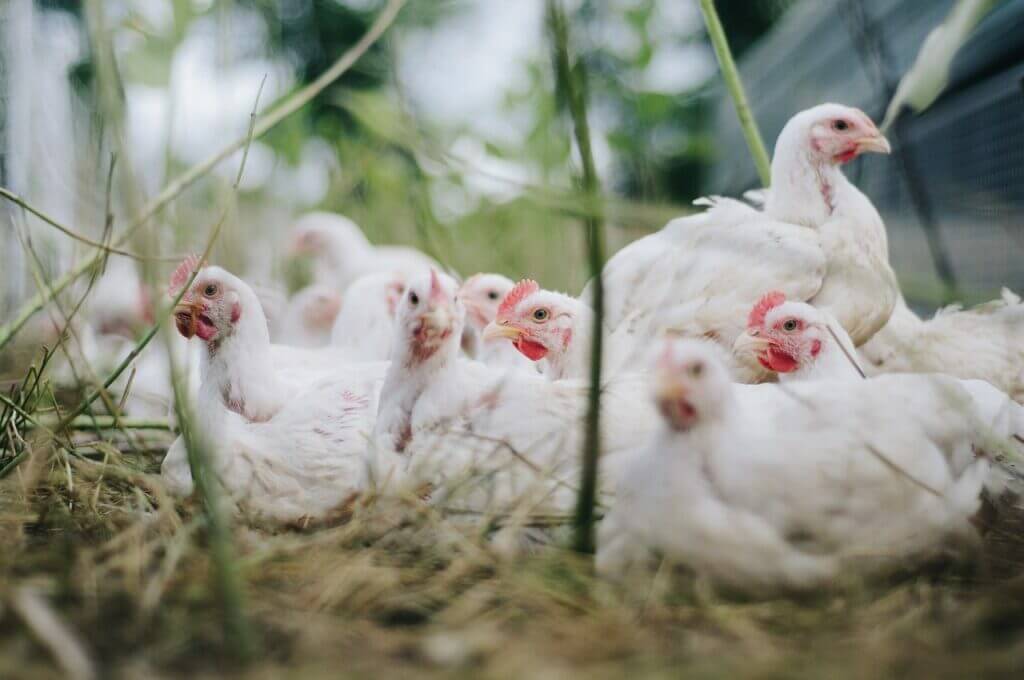
Benefits: – The cost of food for this is very small or negligible. The hens roam freely in this village or area to get their food.
Backyard poultry farming is a great way to provide employment to women while empowering them. This gives women the option of a nutritious diet for children at home.
Disadvantages: – Animals like eagle, mongoose, dog, cat etc. hunt hens and due to theft there is financial loss.
Varieties: – In Gujarat and Maharashtra mainly Busra breed hens are reared.
Poultry research institutes in India have developed various breeds of multi-purpose chickens.
- Giriraj, Grampriya For Egg Production – Project Directorate, Hyderabad
- Krishibro, Giriraj – for meat production
- Vanraj – for meat and egg production
- Vanraj hens usually lay 140 to 150 eggs in a year. Giriraj hens lay 180 eggs per year.
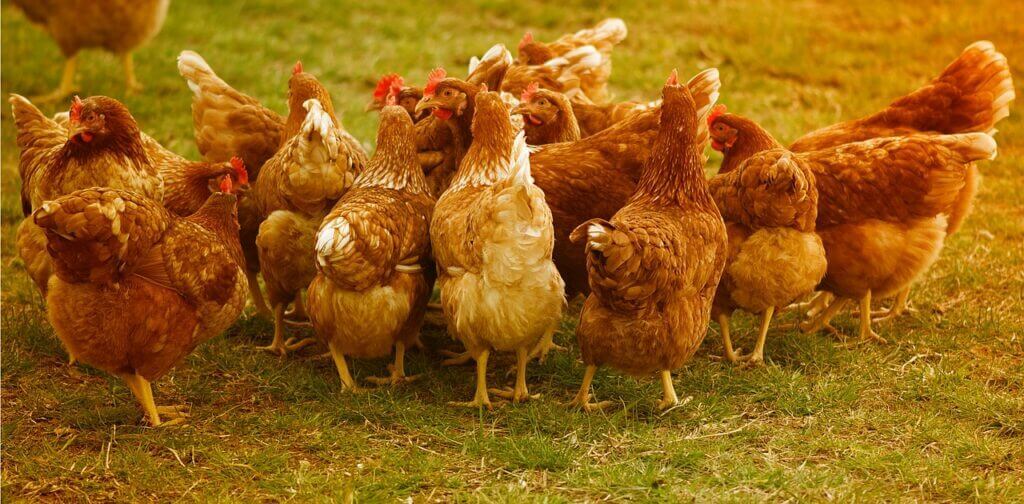
What is a poultry farm?
Hello friends, today we are going to look at Poultry Farm in this article. Because we eat eggs every day, or we eat chicken. This is because we know that we go to the market and bring eggs and chicken. But very few people know how it reaches the masses.
Poultry farm is a business. And we see that it is very difficult to get a job in today’s world, so today’s young people are turning to poultry farming. So friends, today I have brought this article for you in which we are going to learn complete information about Poultry Farm.
Poultry, chickens, ducks etc. are processed for raising meat and eggs for rearing. Most of the chickens are raised in poultry farming business, hence it is also called poultry farming.
There are two types of poultry rearing
- Broiler Chicken – Used for meat.
- The layer is made for poultry – eggs.
What is a broiler poultry farm?
The broiler chicken is one of the most popular poultry birds in India, reared for meat production. Broilers are small chicks that are 5 to 6 weeks old. After incubation of broiler species, chicken or hen is 40 to 50 g gram, which after proper feeding and proper maintenance, after 6 weeks of about 1.5 kg to 2 kg. Today broiler poultry rearing has emerged as a well developed business. Broiler poultry farming is a lucrative business that can be done by small farmers even in a small village. (Poultry farming information in Marathi) Broiler poultry farms require very little investment as they can be developed and sold in six weeks.
How to start a broiler poultry farm?
Some important information before starting broiler chicken rearing:
To raise broiler poultry, first start it on a small scale. Then develop into a large poultry farm.
- Always take chicks from a reliable and certified hatchery.
- Always use high quality and excellent company drugs and vaccines.
- Follow bio-safety (law of biological protection) in broiler poultry.
Choosing a Poultry Cultivation Site:
1. It is important to choose the right place for poultry farming.
2. The place should be flat and at some height, so that rain water cannot enter the field.
3. Poultry farms should be away from residential areas and main roads.
4. Don’t go too far from the main road so as not to get in trouble.
5. Appropriate facilities of electricity and water should be available.
6. Clean chicken sheds and utensils regularly.
7. Poultry medicines, vaccines and broiler feed should be readily available.
8. The length of the form should be from east to west.
9. Only one breed of chicks should be kept in the shed
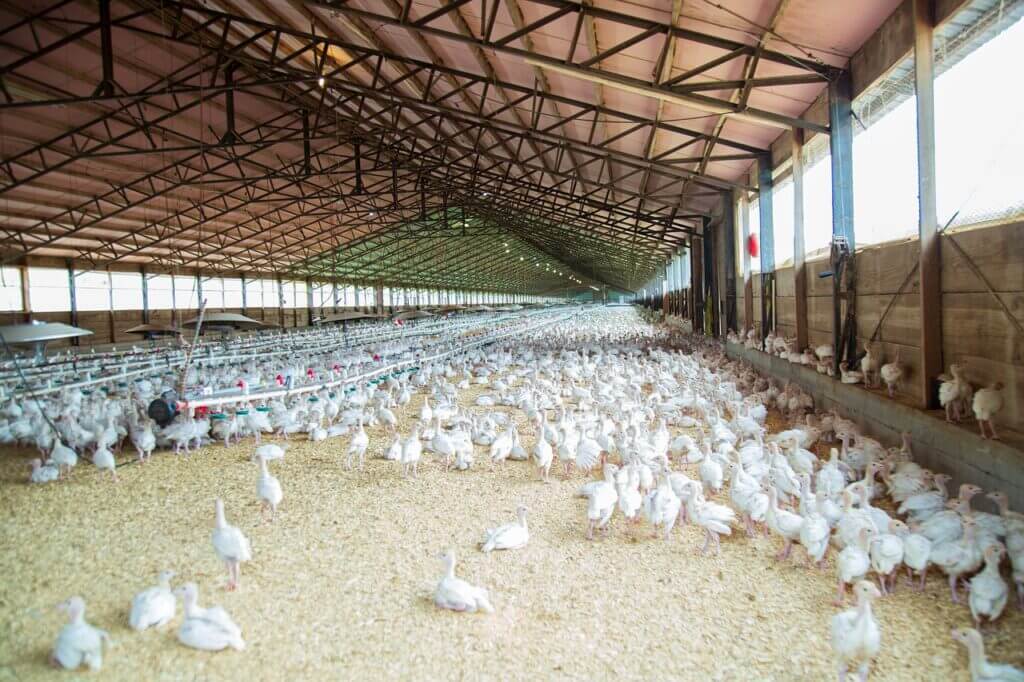
Shed Construction for Broiler Poultry Farm: Home Design for Broiler Poultry Farm:
1. The shed should always face east-west and the side of the shed net should face north-south
2. So that air can flow properly inside the shed and the sun cannot go in too much.
3. You can keep the width of the shed 30-35 feet and length as required.
4. The floor of broiler poultry farm shed should be paved.
5. The side height of poultry farm shed should be 8-10 feet above the floor and center
6. The height should be 14-15 feet above the floor.
7. There should be proper arrangement of chicken feed and water pots, water tank and electric bulbs inside the shed.
8. If you want, you can divide the length of the shadow into equal parts.
Information on feed and watering cans for broiler chicks.
- It is very important to have at least 3 water and 3 grain pots for every 100 chicks.
- You can use any type of grain and water pot, manual or automatic.
- Manual utensils are easy to clean but water is a little hard, but
- Automatic vessels have a pipe system, through which the tank water is filled directly into the water tank.
What is a liter?
- The floor in a broiler poultry farm is called waste.
- You can use wood powder, peanut bark or husk for sawdust or waste.
- Before the chicks arrive, they must be laid on a 3-4 inch thick litter floor.
- • Waste should be completely new and free from any kind of infection.
- Poultry litter
Incubation:
What is incubation?
Just as chickens heat their chicks by placing them under their feathers, so we artificially heat the chicks, this is called brooding.
Incubation in broiler poultry farm
Incubation is most important for the proper development of chicks, as the whole business of a broiler farm depends entirely on brooding. If there is a mistake in brooding, your chicks will become weak and die in 7-8 days or they will not be able to develop properly even if you use proper feed.
Types of brooding
- Incubation with electric bulbs
- This type of menstruation requires regular energy.
- Each watt is required for 1 watt during the winter months during the summer months
- • It takes 2 watts for each hen.
- Brooding is done 4-5 days in summer and 12-15 days in winter.
- This must be done by day.
- Place the brooder on the litter 6 inches in the first week and 10-12 inches in the second week.
2. Incubation with gas brooder
- Gas brooders are available in the market as per requirement and capacity, for example capacity of 1000 and 2000.
- • Gas brooder is the best method of brooding, so that the temperature inside the shed remains the same.
- 3. Incubation with fire or cigar
-
- This is especially true for areas where electricity is not available or where power is scarce.
- It is very important to take care of this as it can fill the shed with smoke or even create a fire.

Types and availability of hens
Native type / backyard type
1. Kari Nirbhik (Asil hybrid)
Asil literally means true or pure. Asil is known for his fighting spirit, high efficiency, smart looks and fighting skills. This indigenous race may have been named because of its innate fighting qualities. Andhra Pradesh is said to be the place of origin of this important caste. The best breeds of hens are bred and people all over the country organize their bunches. Asil is a large bone-sorting and royal-looking and smart-looking species. The standard weight of male hens is 3 to 4 kg and that of female hens is 2 to 3 kg.
- The sexually mature bird weighs 196 days.
- Annual egg production (number) 92
- Egg weight at 40 weeks 50 g
2. Kari Shyama (Kadaknath hybrid)
The local name of this breed is “Kalamasi” which means chicken with black flesh. Jhabua and Dhar districts of Madhya Pradesh and districts of Rajasthan and adjoining Gujarat covering an area of about 800 square miles are considered to be the origin of this breed. Tribals, local residents and rural poor people mostly keep this breed of hens. This bird is considered sacred and is sacrificed to the goddess after Diwali.
- One day old chicks are bluish to black in color and have irregular dark stripes on the back.
- Although the flesh of this species is black and looks unattractive, it is considered to be tasty as well as medicinal.
- Meat and eggs are considered to be rich in protein (25.47% in meat) and iron.
- Body weight 920 gm after 20 weeks
- Sexually mature age 180 days
- Annual egg production (number) 105
- Eggs weigh 49 g at 40 weeks
- Fertility (%) 55
- Fertility FES (%) 52
3. Beneficial (open neck hybrid)
The open neck variety is relatively large in size and has a long tubular neck. As the name implies, the necks of these birds are completely exposed or only a few feathers are visible on the front of the neck.
- As the hens mature sexually, their exposed skin becomes particularly red.
- Open-necked chickens are believed to have originated in Trivandrum, Kerala.
- At 20 weeks body weight is 1005 gms
- Sexually mature age 201 days
- Annual egg production (number) 99
- Eggs weigh 54 g at 40 weeks
- Fertility capacity 66
- Fertility FES (%) 71
4. Beneficial (freeze hybrid)
The next type of migratory bird, developed on the basis of local species, looks like native hens, has good ability to adapt to climate and immunity, exceptional growth and production efficiency.
- Most suitable for backyard poultry system.
- There are four types of cultivars available which are suitable for different types of agro-climatic conditions.
1. Kadaknath x Dehalam Lal
2. Asil x Dehalam Lal
3. Open neck x dehalam red
4. Freezal x Dehalam Lal
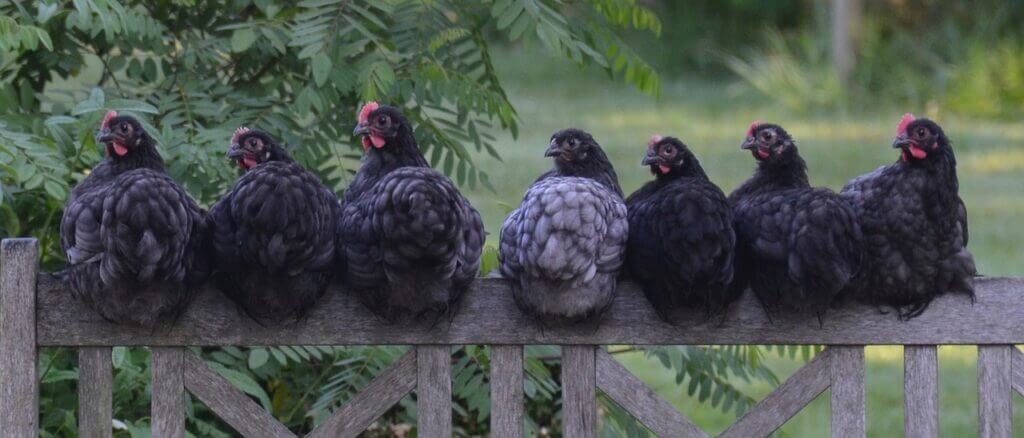
Outline about performance
- Age 170-180 days at the time of sexual maturity
- Annual egg production 165-180 eggs
- Egg size 52-55 gms
- The color of the egg is gray
- Egg quality – excellent internal quality
- Living capacity over 95%
Climate efficient and excellent food finder
Varieties at Poultry Project Directorate, Hyderabad (ICAR)
1. Vanaraja
- Suitable for backyard rearing in rural and tribal areas, developed by Directorate of Poultry Project, Hyderabad (ICAR).
- It is a multi-colored bird of double benefit with attractive feathers.
- Excellent immunity against common diseases of hens and able to adapt to free number rearing.
- On a regular diet, Vanraja males reach moderate body weight by 8 weeks of age.
- The hen lays 160-180 eggs in an egg cycle.
- Due to their relatively light weight and long knee-to-ankle body, these birds can protect themselves from predatory birds, otherwise the risk is greater for backyard hens.
2. Krishibro
- Developed by Poultry Project Directorate (ICAR), Hyderabad.
- Multicolored commercial broiler chicks
- Achieve body weight up to 6 weeks of age with 2.2 dietary change ratio.
- By the age of 6 weeks, the survival rate of this party is 97%.
- The feathers of these birds are attractive in color and adapt well to temperate climates.
- Commercial Krishibro is a breed that is resistant to common diseases like chicken pox and infectious bursal.
- Advantages: Strong, well adapted and great ability to survive.
- Females weigh about 3 kg while males weigh about 4 kg.
- Golden hens lay about 180-190 eggs a year.
Other local castes
Caste | Caste native territory |
Ankleshwar – | Gujarat |
Asil – | Andhra Pradesh and Madhya Pradesh |
Busra – | Gujarat and Maharashtra |
Chittagong – | Meghalaya and Tripura |
Danki – | Andhra Pradesh |
Daothigir | Assam |
Ghagus | Andhra Pradesh and Karnataka |
Harighata Black | West Bengal |
Kadaknath | Madhya Pradesh |
Kalasthi | Andhra Pradesh |
Kashmir Favrola | Jammu and Kashmir |
Miri | Assam |
Nicobar | Andaman and Nicobar |
Punjab Brown | Punjab and Haryana |
Tellicherry | Kerala |







